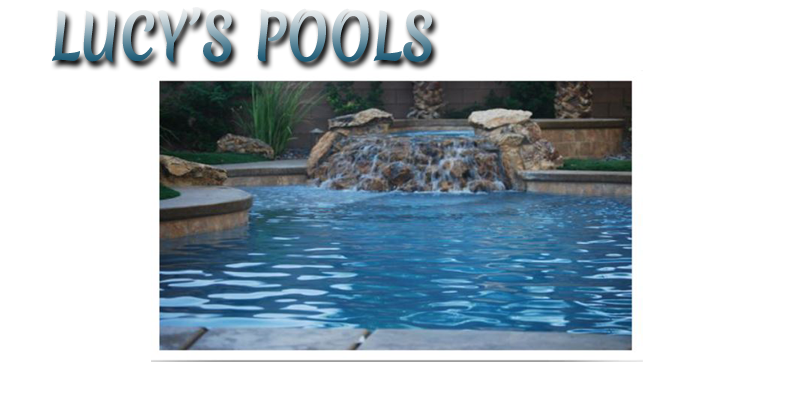Most pools that have been built after 1998 are using 11/2 hp (horsepower) or 2 hp. pumps. If you have an in-floor cleaning system or an automatic pool vacuum that operates with your filtration system, then a 2 hp. is essential. The exception to this is if your pipes are 11/2 inch, as opposed to the more recently installed 2 inch, then it makes no sense installing a 2hp. pump. There is only a certain amount of water that can flow in an 11/2 inch pipe. Besides, when a pool is designed and calculated, it is meant to function at capacity. Any change in existing systems such as a different pump size, new filter or design, should have new calculations to determine flow rate potentials. Bottom line, if the original pump is a 11/2 hp. it’s just best to stay with that. (Another exception would be if solar is added to the mix. Without looking at it, if there is not a dedicated pump for the solar, a 2hp. pump would most likely be necessary. But it still may not make a difference).
The latest thing on the market is a variable speed pump. Though these may be good in one aspect, the energy savings is supposed to be significant, there are drawbacks. If you have an automatic cleaning system such as in-floor pop up heads, or a type of pool vacuum that works with your pump and filtration system, then I would not recommend a variable speed pump. You’d have to run the pump at its capacity anyway in order for those systems to function properly.
There is a calculation called a turnover rate. This is when the total volume of water in a pool is filtered within a 24 hour period. When your pool is being built, the horse power and the size of your filter are determined as a result of the gallons of water in your pool. Factors that also influence pump and filter size are: do you have a spa; an automatic cleaning system; what will be your bather load, what are the annual ambient temperatures? All these are taken under consideration. Introducing a variable speed pump changes the flow rate which affects every aspect of water clarity. I realize that this will not be a popular position to take, but it is reality, at least in the hotter regions of the United States. Winter could be a more feasible time to utilize these cost effective pumps, but summer, I would not recommend it.







